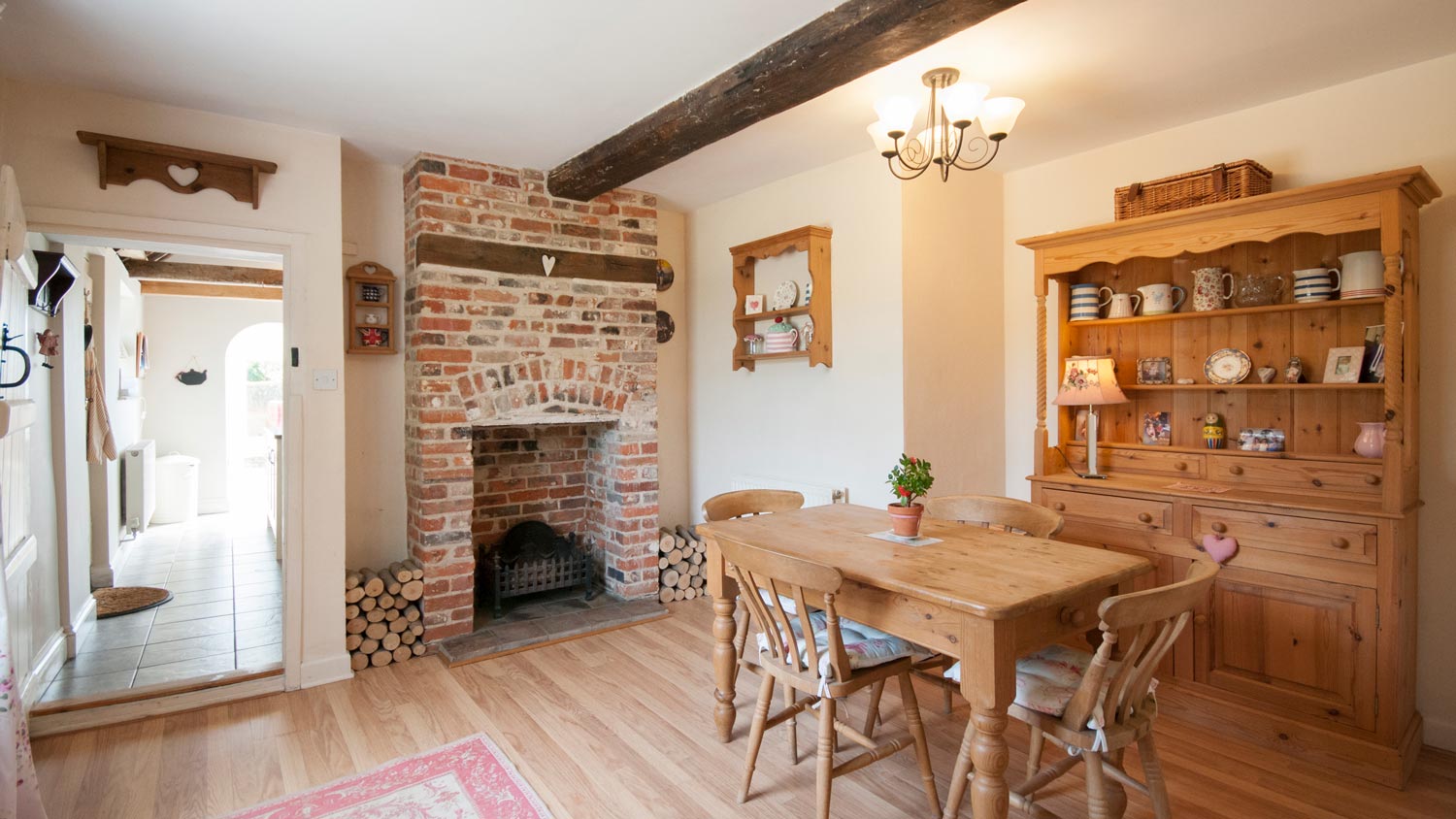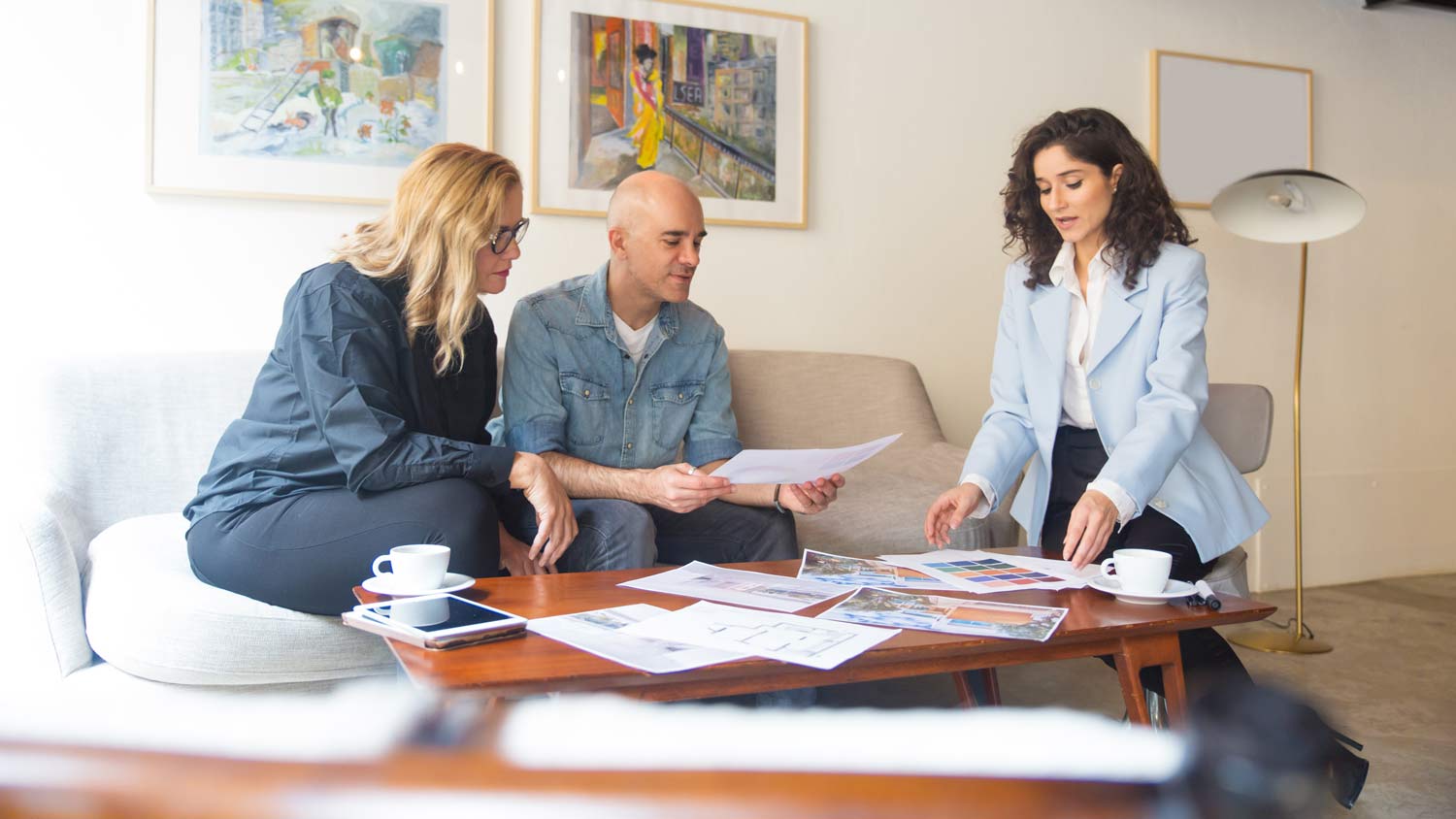How To Use Masonry for Interior Design Upgrades in Your Home
Incorporate the natural elegance of masonry into your home's interior design


Rather than hide your home’s brick and stone details, make them the shining star. Masonry details, for which the most common materials are brick, stone, stucco, or concrete, add drama to your home without seeming overdone, given their earthly, natural texture. Here are a few places where masonry can become the main attraction of your home’s interior.
1. Exposed Brick Wall
Common in old brownstones of the Northeast, an exposed interior brick wall exudes a lot of charm. To keep the surface of yours pristine (and to protect it from damage from dust, bugs, and more), apply a seal on top. You can opt for a glossier finish or a more subtle matte one. If you want the brick texture but want to tone it down a bit, consider modernizing it with a stain—there are several options to choose from, from basic white to whitewashed to grey.
2. Flooring
Brick or stone flooring is not only visually striking, it also stays cool, which can be useful in warmer places like Texas, Arizona, or Southern California. Play with colors and shapes to create unusual, eye-catching patterns across the room.
3. Fireplaces and Mantels

4. Finishing the Basement
Drywall is not your only option to finish your basement. Stone or brick will create an unexpected look, and will also help optimize insulation in this colder room, saving you money on energy bills.
5. Backsplashes

Brick and stone can be used in place of ceramic tile as backsplashes, provided the brick is protected against moisture with a clear polyurethane sealant. Stone is extremely durable and very heat- and liquid-resistant, though it can be expensive, depending on the type of stone used.
6. Frames and Focal Points
You might also use brick to highlight a certain component of your home, such as your wall-mounted television or a floating shelf with tchotchkes from your travels around the globe. Masonry is always eye-catching and can make an elegant, natural frame.















